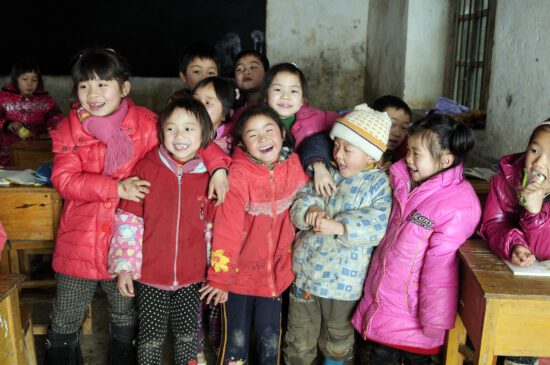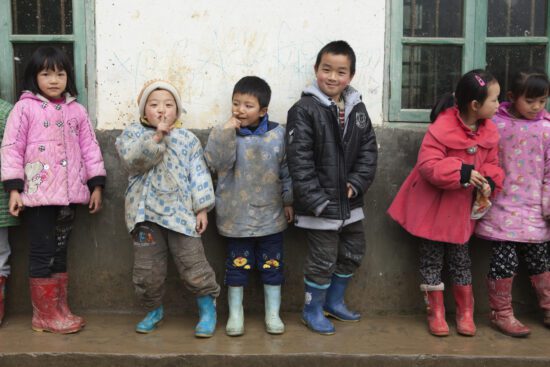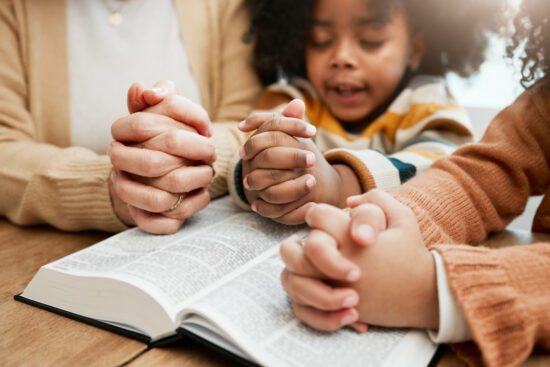Southern Baptists have a long history of following in the footsteps of the faith and serving those in need. When Jesus was on Earth, he did not bypass physical needs but met them and used them as a way to share how he was meeting the greatest need of all—the salvation of our souls. Likewise, Send Relief, a collaboration between NAMB and the IMB, seeks to address needs that arise from various circumstances while also sharing the hope of Jesus. One focus of the work at Send Relief is foster care and adoption, which is all the more important in a country without Roe. Josh Benton, vice president of North American ministry at Send Relief, answered a few of our questions about this aspect of their ministry and how churches can be involved.
Lindsay Nicolet: How does foster care and adoption ministry fit within the mission of Send Relief?
Josh Benton: Send Relief is the Southern Baptist compassion ministry which seeks to meet physical and spiritual needs in Jesus’ name. Working alongside churches, we care for the vulnerable and strengthen communities around the world. Caring for families and children is one of our five ministry focus areas. Our work in this area includes developing and supporting ministries focused on crisis pregnancy, serving at-risk families, and helping churches develop or support ministries to vulnerable families within their communities.
LN: What projects is Send Relief involved in as you seek to engage in the foster care and adoption space?
JB: Send Relief engages foster care and adoption in two specific ways. First, is through our ministry centers. We have 20 Send Relief ministry centers across North America. Two of them, Valdosta, Georgia, and Quebradillas, Puerto Rico, are child placement agencies for foster care and adoption. In addition to child placement, these locations provide training for foster and adoptive families. We also work with churches to help support vulnerable families in their communities with resources, counseling, and respite care, along with providing an opportunity for churches to go on mission trips to learn more about and get hands-on experience with foster care and adoption ministry.
Second, Send Relief helps churches start a Family Advocacy Ministry, which we call a FAM. FAM is a step-by-step ministry strategy that helps churches serve and advocate for vulnerable children and families as well as those called to foster and adopt. Send Relief helps churches implement FAMs so they can have a gospel-centered impact on the lives of vulnerable children and families.
LN: How does God’s Word drive your work in this key area?
JB: Scripture is clear about the call to care for vulnerable families. Genesis 1:26-27 establishes that all people are created and designed by God, in the image of God, and are therefore valued by God. Genesis 2 describes God’s intentional design for the family. Then, Genesis 3-4 shows the damaging impact of sin on all creation but, specifically, how sin creates brokenness in families.
From Deuteronomy 10 to James 1 and several references in between, God not only calls his people to remain committed to his design for the family but to also care for the those without stable, intact families. Romans 8 also beautifully portrays adoption as a picture of our redemption through Christ.
With this in mind, we can sum up how Scripture provides the truths that cultivate Send Relief’s perspective on serving in foster care and adoption ministry with a few statements:
- Every person is created in the image of God, therefore, all people have value.
- God designed the family and desires all to be in a family.
- Christ calls us to reflect his compassion and care for the vulnerable.
- Foster care and adoption portray how God redeems through a personal faith in Christ.
LN: What challenges arise with serving children in need and families in today’s culture? And how have/will these change in a post-Roe era?
JB: The challenges for serving vulnerable children and families are significant. Here are a few key statistics from Adoptuskids.org and the Administration for Children and Families:
- Each year more than 250,000 children enter the foster care system in the United States.
- At any given time, there are on average over 400,000 children in the foster care system.
- Each year more than 23,000 children age out of the foster care system when they turn 18 or 21, depending on a state’s laws.
- Currently, more than 115,000 children in foster care are waiting to be adopted.
- The average age of a child in foster care is 8 years old.
- Troubling statistics for children who age out of the system:
- Likely to experience job loss and homelessness
- 70% of human trafficking victims spent time in foster care
- 71% of women who age out experience pregnancy within one year
- 65% of individuals who are incarcerated aged out of the foster care system
These challenges will likely intensify in our post-Roe world. These are all harrowing statistics, but one of the most significant issues is that there are more children in need provides an opportunity for churches to fill the gap. With more than 115,000 children in the foster care system who are waiting to be adopted each year, churches can play a role by recruiting families to foster and adopt, mentoring vulnerable families, and providing communities of care for those who are fostering and/or adopting.
LN: How can pastors and ministry leaders create a culture of equipping families to care for children?
JB: No matter what community, city, or state you are in, vulnerable families are present. This isn’t a ministry opportunity that is somewhere else; it’s everywhere. Pastors and church leaders have an important role of recognizing the need that exists, articulating the biblical call to meet the need, and blessing those in their congregation who are led to pursue the ministry opportunity. Send Relief has resources on our FAM page to help pastors and churches pursue ministry to vulnerable families and children.
LN: What are some practical things that local churches can do to come alongside this mission to serve families and those involved in foster care and adoption?
JB: There are several ways churches join Send Relief to serve vulnerable families. One of the most important things is to recognize that there are many ways to serve. There is a great need for families to foster and adopt. Encourage those who are called but also understand not everyone feels that call, and there are multiple ways to serve outside of adopting and fostering. Here are specific ways churches can serve:
- Praying diligently and consistently for vulnerable children and families
- Developing a relationship with a local child welfare office
- Raising awareness about the needs of vulnerable children and families
- Recruiting families to consider adopting or fostering
- Providing resources, as well as emotional and spiritual support, to biological families experiencing crisis
- Helping to meet physical and financial needs of foster and adoptive families
- Mentoring single mothers
- Supporting and encouraging local child welfare workers
- Providing meals or respite care to foster and adoptive families
- Going on a mission trip at a Send Relief ministry center that serves vulnerable families
For more information on the Dobbs decision and its effects, visit erlc.com/dobbs










